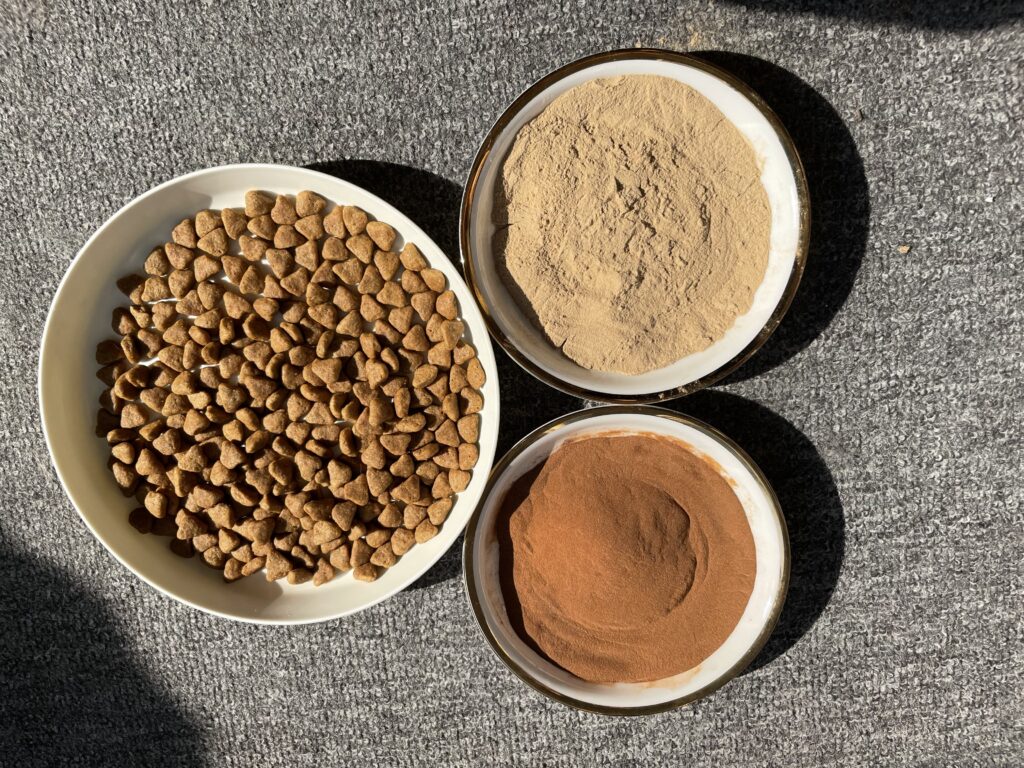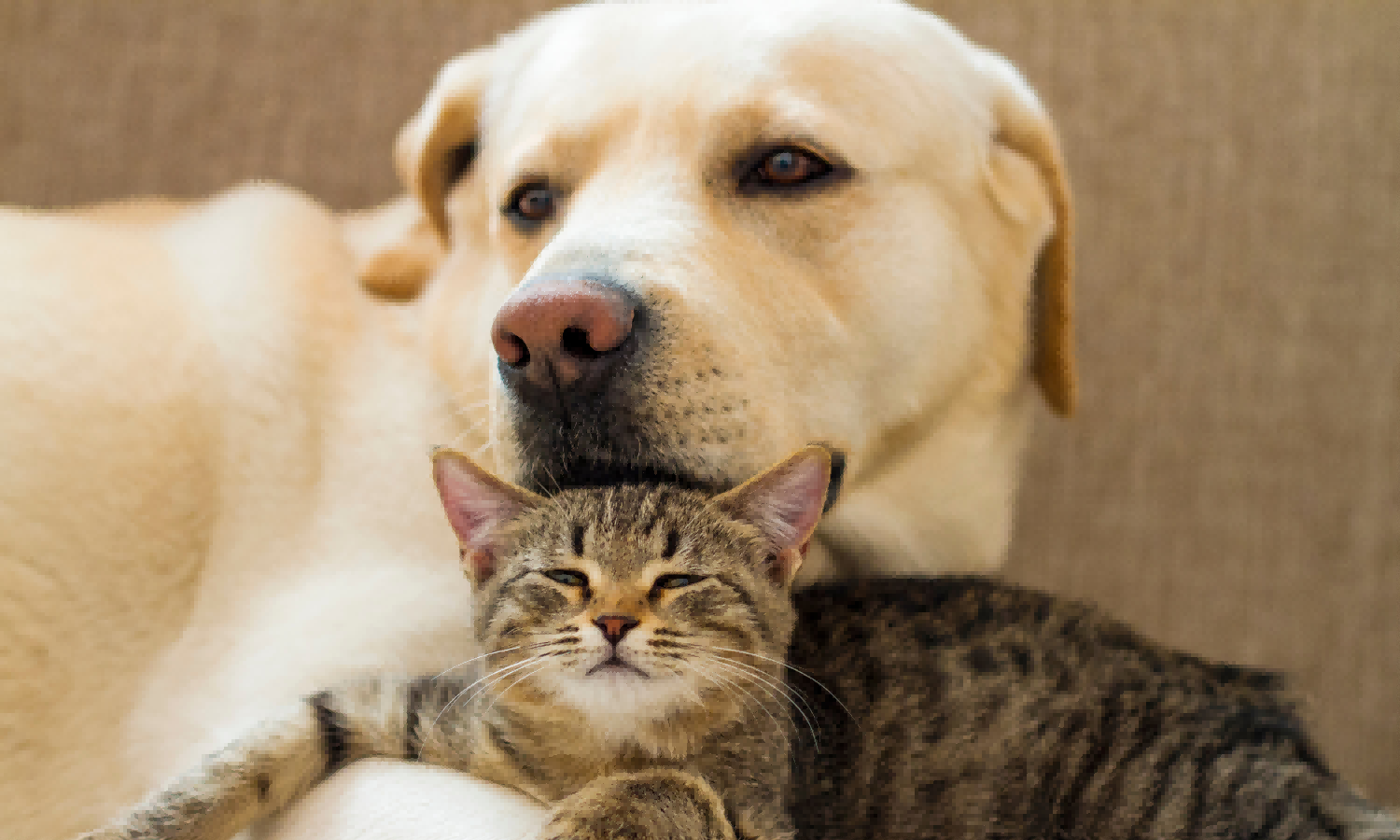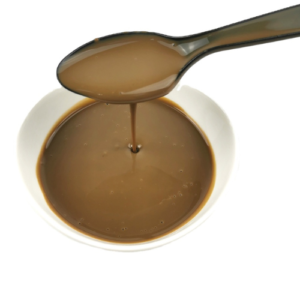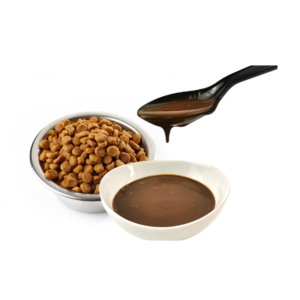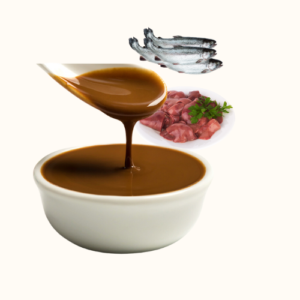Enhancing Pet Food Palatability: Key Factors and Techniques for Optimal Nutrition
Introduction
When it comes to pet food, palatability plays a crucial role in ensuring our furry companions receive the nutrition they need. Palatability refers to a food’s taste, smell, and texture, which greatly influence a pet’s willingness to consume it. Providing a diet that is both nutritionally balanced and highly palatable is essential for maintaining the health and well-being of our beloved pets. In this article, we will explore the significance of pet food palatability, the factors that contribute to it, and the techniques used to enhance the appeal of pet food.
The Importance of Palatability in Pet Food
- Palatability is the primary factor that determines whether a pet will eagerly consume its food or exhibit picky eating behaviors. When pets find their food highly palatable, they are more likely to eat regularly, which is crucial for maintaining optimal health. Proper nutrition is essential for supporting their growth, development, and overall well-being.
Furthermore, palatability influences pet owners’ satisfaction and their willingness to continue feeding a specific brand or formula. Pets that enjoy their food are more likely to have consistent eating habits, reducing the risk of nutrient deficiencies or overeating. By choosing highly palatable pet food, owners can ensure their pets receive the necessary nutrients without the hassle of coaxing them to eat or switching brands frequently.
- Factors Affecting Pet Food Palatability Several key factors contribute to pet food palatability:
a) Ingredients and Formulation: The selection of high-quality ingredients and their careful formulation significantly impacts palatability. Fresh and nutritious ingredients, such as real meat, fish, and vegetables, contribute to a more appealing taste and aroma. The balance of macronutrients, including proteins, fats, and carbohydrates, also affects palatability.
b) Texture and Consistency: The texture and consistency of pet food influence palatability. Pets have different preferences, so providing variety in textures, such as kibble, wet food, or a mix of both, can cater to individual tastes. The size, shape, and hardness of kibble, as well as the gravy or sauce content in wet food, also play a role.
c) Flavor Enhancers: Flavor enhancers, such as natural or artificial additives, can enhance the taste and aroma of pet food, making it more enticing to pets. Common flavor enhancers include animal fats, meat by-products, hydrolyzed proteins, and natural flavors derived from sources like chicken or fish.
d) Digestibility and Nutrient Availability: Easily digestible pet food ensures that nutrients are readily available to the pet’s system. If a pet struggles with digesting a particular food, it may become less appealing over time. High-quality ingredients and proper cooking techniques contribute to improved digestibility.
- Techniques to Enhance Pet Food Palatability -Pet food manufacturers employ various techniques to enhance palatability, ensuring pets find their food irresistible:
a) Ingredient Selection and Processing: Opting for high-quality ingredients, including real meat or fish as primary protein sources, can significantly enhance palatability. Fresh ingredients that are minimally processed retain more natural flavors and nutritional value.
b) Flavor Diversity: Offering a variety of flavors in pet food can prevent taste fatigue and increase overall palatability. This can include different meat sources, such as beef, chicken, lamb, or fish, as well as incorporating flavors like vegetables or fruits.
c) Texture Variety: Providing a range of textures, such as crunchy kibble, tender bits, or soft and moist formulations, allows pets to experience different mouthfeel sensations. This variety can cater to individual preferences and keep pets engaged during mealtime.
d) Aromatics: Incorporating natural aromatics, such as herbs and spices, can enhance the smell of pet food. Some examples include rosemary, thyme, and turmeric, which not only improve palatability but also provide potential health benefits.
e) Moisture Content: Wet food with higher moisture content often appeals to pets due to its enhanced smell and softer texture. It can be particularly beneficial for pets with dental issues or those who require increased hydration.
f) Nutritional Coating: Applying a nutritional coating to kibble or treats can add flavor while providing additional health benefits. These coatings may include omega-3 fatty acids, vitamins, or probiotics, enticing pets while supporting their overall well-being.
Conclusion
Ensuring pet food palatability is essential for maintaining a healthy diet and promoting regular eating habits in pets. By understanding the factors that influence palatability and employing various techniques, pet food manufacturers can create highly appealing and nutritious options for our furry friends. Pet owners can make informed choices by considering ingredient quality, texture preferences, and flavor diversity to select the most palatable options for their pets. Remember, a well-balanced diet that is both nutritious and delicious is key to a happy and healthy pet.



